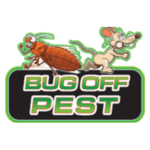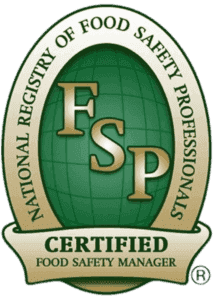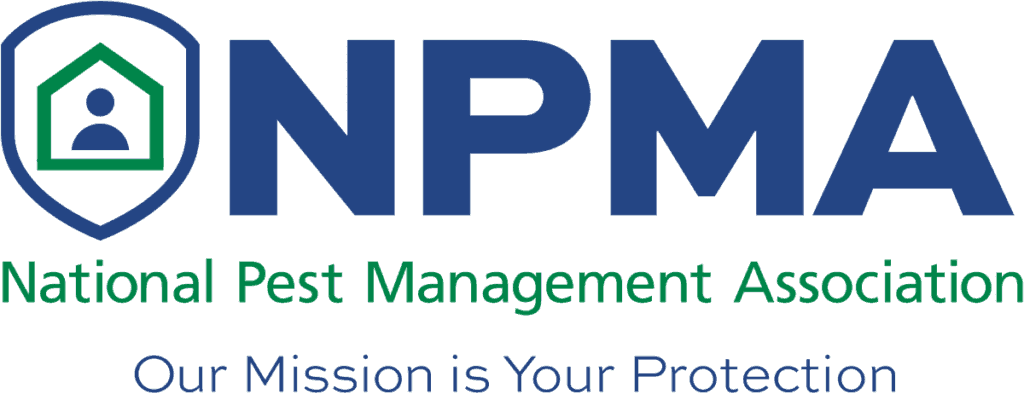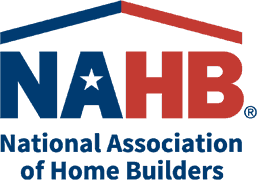Having a pest problem in your home is an unfortunate reality that many families have to face. Unfortunately, pests can cause damage to property and even transmit diseases. To protect your family from the dangers of pests, it’s important to take proactive steps towards pest control. In this article we will discuss some effective strategies for controlling pests such as rodents, cockroaches, ants and other insects in your home.
Pest Control
Chemical pest control is a commonly used method of controlling pests indoors and outdoors. This involves the use of synthetic insecticides, rodenticides, and fungicides which are designed to kill or repel certain types of pests. Chemical pest control is an effective way to remove unwanted insects, rodents and other pests from your home or business. It also helps protect your family from potential health risks associated with these creatures.
Physical pest control techniques such as traps are another option for eliminating certain kinds of pests from your premises. Traps can be baited with food or other attractive substances to lure the target species into them. These traps are then checked periodically for signs that they have caught the particular type of pest that you’re trying to get rid of, so you know when it’s time to reset them or replace them altogether.
Integrated Pest Management (IPM) is a more comprehensive approach to controlling pests in any environment by utilizing multiple methods as opposed to relying on just one form of treatment alone. IPM may involve physical removal, chemical treatments, biological controls such as predatory insects, cultural practices like proper sanitation and environmental modifications like soil amendments and vegetation management in order to discourage infestation by targeted species. IPM has been proven effective in reducing population sizes while still being mindful of both human health concerns and environmental considerations.
Types of Pests
Rodents such as mice, rats and voles can be a nuisance in the home. They can cause structural damage to buildings, spoil food and spread diseases. The best way to control these pests is through exclusion techniques, like preventing access to potential nesting sites by sealing off any cracks in walls or floors. Trapping them using humane methods is also an option, as well as using baits or poisons.
Insects are another common type of pest that often need controlling around the home. Flies, cockroaches and bed bugs are some of the most commonly encountered insect pests and all require different treatments for successful eradication. Fly strips or traps may help reduce their numbers but for more serious infestations it may be necessary to use chemical sprays or fogging products designed specifically for those insects.
Finally, there are larger animals such as squirrels, raccoons and skunks which can sometimes become problematic if they enter your home looking for food or shelter. It’s important to understand why they’re entering your property in order to work out effective solutions; this could involve eliminating potential sources of food (like bird feeders) or blocking access points with secure fencing or mesh netting. Repellents may also provide a temporary solution until more permanent measures are taken.
Prevention Strategies
One of the most effective pest control strategies to protect your family is to remove any sources that could attract pests. This includes ensuring all food waste is disposed of properly and stored securely, as well as sealing off any potential entry points such as cracks, crevices, and openings in walls. Doing so will prevent pests from entering your home and reduce the chances of an infestation.
Another prevention strategy is to maintain a clean home environment by regularly cleaning up clutter and vacuuming or sweeping floors. This not only removes potential nesting spots for pests but also prevents crumbs or debris from attracting them in the first place. It may also be useful to check around window sills, baseboards, countertops, and other hidden areas for signs of activity every so often.
You can also use natural pest repellents such as plants or essential oils around your home’s exterior perimeter to keep away unwanted visitors without using harsh chemicals or pesticides. Planting certain herbs such as mint, lavender, rosemary or thyme can help keep insects away while providing a pleasant aroma at the same time. Similarly, placing essential oil-infused cotton balls near windowsills can create a barrier for flying bugs that attempt to enter your living space.
Cleaning and Storage Tips
Cleaning is the first step to pest control. Regularly dusting, vacuuming and mopping can help keep pests away from your home. Get rid of any clutter in the home as it can provide shelter to some pests. Make sure to check for any signs of insects or rodents like droppings, gnaw marks and shells and remove them immediately. Clean behind furniture, curtains and other difficult-to-reach places often too.
Storage plays an important role in pest prevention as well. Store dry food items such as grains and cereals in airtight containers, which will help prevent pests from accessing them easily. Keep all areas around the kitchen clean so that there are no crumbs or spills lying around that may attract pests into your home. Dispose of garbage bags properly to avoid attracting bugs or rodents inside your house.
DIY Solutions
DIY pest control solutions are becoming increasingly popular, especially for those looking to save money and stay away from harsh chemicals. Some of the most effective DIY strategies include removing debris and clutter from your home, sealing any cracks or gaps in the walls, keeping food sealed and stored properly, vacuuming regularly, replacing window screens with tighter mesh screens, cleaning gutters and drains regularly to prevent standing water, using natural barriers such as diatomaceous earth or cayenne pepper around potential entry points, planting certain herbs to repel pests naturally, using traps such as sticky traps or glue boards to capture bugs before they enter your home. Additionally, introducing predators into the environment can be an effective way of controlling certain pests without having to use chemical pesticides. For example releasing ladybugs into the garden will help reduce aphid populations naturally. Ultimately when considering pest control solutions it is important to be proactive in order take preventive measures rather than waiting until the problem has become significant.
Professional Services
Pest control services are designed to protect your family from the damage caused by pests, such as termites and other insects. Professional pest control services use a variety of strategies to manage these pests, including physical and chemical methods. Physical methods involve trapping or exclusion techniques that remove the pests from the property, while chemical methods involve the use of insecticides or pesticides to kill them. Professional pest control companies also have access to more advanced treatments that are not available in retail stores. These treatments can include fumigation, baiting systems and natural solutions like beneficial nematodes or boric acid-based products. In addition, professional services will monitor your home for signs of infestation and advise you on preventive measures you can take to reduce future problems with pests.







